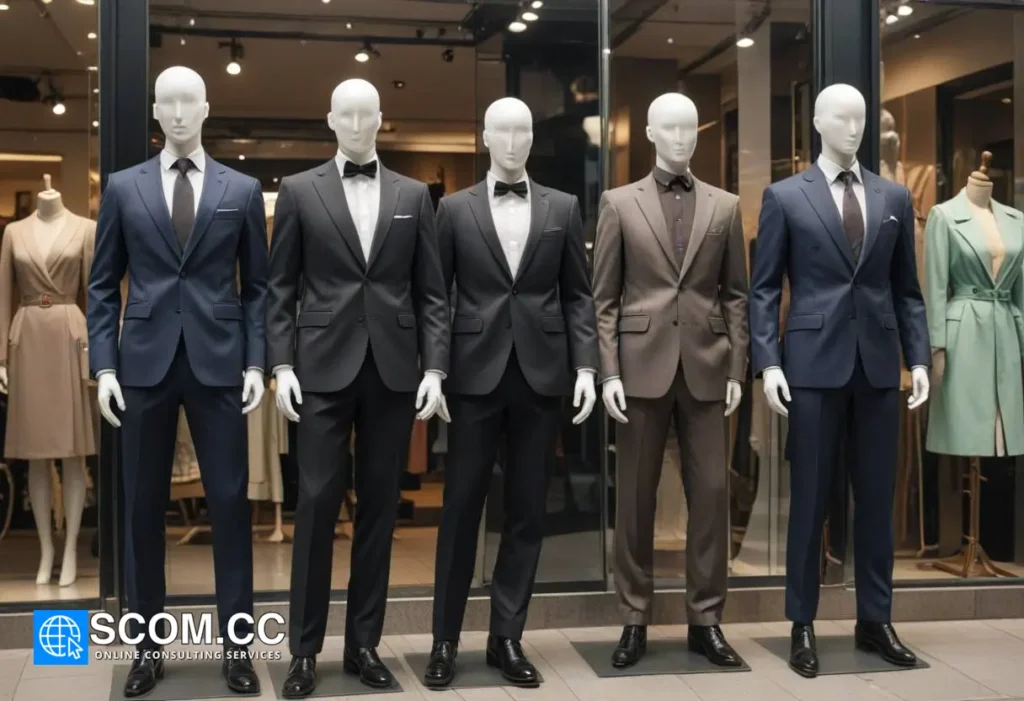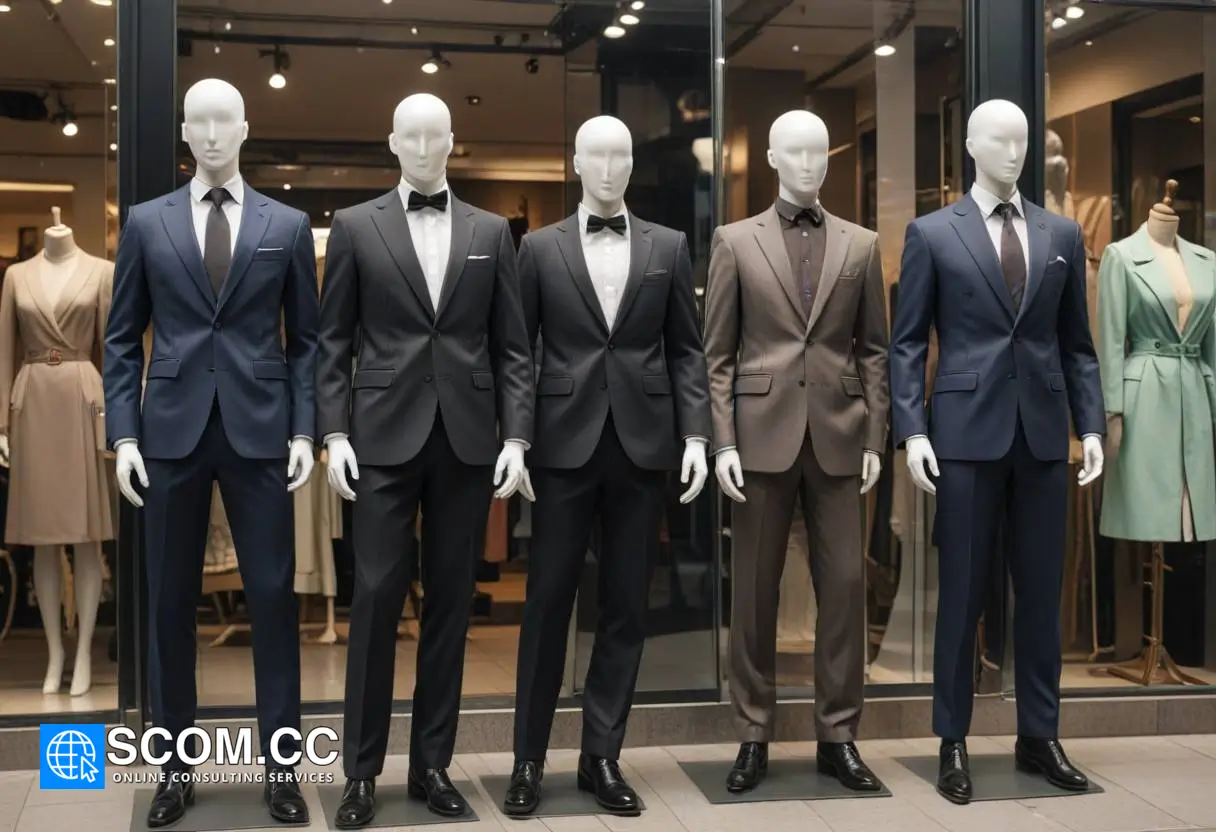The Latest Innovations in Tailoring Technology

- The Latest Innovations in Tailoring Technology
- 3D Body Scanning for Precision Fitting
- Computer-Aided Design (CAD) for Tailoring
- Laser Cutting and Fabrication
- 3D Printing in Tailoring
- Artificial Intelligence and Machine Learning in Tailoring
- Virtual Reality (VR) and Augmented Reality (AR) in Tailoring
- Sustainable Tailoring with Eco-Friendly Technologies
- The Future of Tailoring Technology
The Latest Innovations in Tailoring Technology
Tailoring, once considered a traditional craft, has undergone a remarkable transformation with the advent of modern technology. Today's tailoring industry seamlessly blends time-honored techniques with cutting-edge innovations, offering greater precision, efficiency, and customization than ever before. In this article, we will explore the latest innovations in tailoring technology that are revolutionizing the way garments are designed, produced, and fitted.
3D Body Scanning for Precision Fitting
One of the most significant advancements in tailoring is the use of 3D body scanning technology. This innovation allows tailors and fashion designers to create garments with unprecedented precision. 3D body scanners capture detailed measurements of a person's body in seconds, generating a digital model that can be used to create custom-fit clothing. This technology eliminates the need for manual measurements, reducing errors and ensuring a perfect fit.
Benefits of 3D Body Scanning
- Accuracy: With millimeter-level precision, 3D scanning ensures that every garment fits the wearer perfectly.
- Customization: Tailors can easily adjust patterns to suit individual body shapes and preferences.
- Efficiency: The process is quick, saving time for both tailors and clients.
Computer-Aided Design (CAD) for Tailoring
Computer-Aided Design (CAD) software has become an indispensable tool in modern tailoring. CAD programs allow designers to create detailed patterns and garment designs on a computer, offering greater flexibility and accuracy than traditional paper patterns. With CAD, tailors can experiment with different styles, fabrics, and patterns, making it easier to visualize the final product before any fabric is cut.
Advantages of CAD in Tailoring
- Precision: CAD software ensures that patterns are accurately scaled and aligned, reducing waste and improving garment fit.
- Customization: Tailors can easily modify designs to meet specific client requests.
- Collaboration: CAD files can be shared with clients or other designers, facilitating collaboration and feedback.
Laser Cutting and Fabrication
Laser cutting technology has revolutionized the way fabrics are cut and prepared for tailoring. Laser cutters use high-powered lasers to precisely cut fabric pieces according to digital patterns. This technology minimizes fabric waste, ensures consistent cuts, and allows for intricate designs that would be challenging to achieve by hand.
Key Benefits of Laser Cutting
- Precision: Laser cutting produces clean, accurate cuts with minimal fraying.
- Speed: The process is faster than manual cutting, allowing for quicker production times.
- Complexity: Laser cutters can handle intricate patterns and delicate fabrics with ease.
3D Printing in Tailoring
While still in its early stages, 3D printing is making waves in the tailoring industry. 3D printing allows for the creation of custom accessories, buttons, and even entire garments. Designers can experiment with innovative materials and textures that were previously impossible to achieve using traditional methods. Additionally, 3D printing offers sustainability benefits by reducing waste and enabling on-demand production.
Applications of 3D Printing in Tailoring
- Accessories: Tailors can create bespoke buttons, buckles, and embellishments tailored to individual garments.
- Prototyping: 3D printing allows designers to create prototypes of garments quickly and cost-effectively.
- Customization: Clients can have unique, personalized designs that are not available through mass production.
Artificial Intelligence and Machine Learning in Tailoring
Artificial Intelligence (AI) and Machine Learning (ML) are becoming increasingly prevalent in the tailoring industry. AI-powered tools can analyze customer preferences, predict fashion trends, and even suggest design modifications based on individual body types. Machine learning algorithms can improve pattern-making processes by learning from past designs and adjusting patterns to achieve better fits.
How AI is Transforming Tailoring
- Personalization: AI-driven tools can recommend styles and fabrics based on individual preferences and body measurements.
- Trend Analysis: Machine learning algorithms can predict upcoming fashion trends, helping tailors stay ahead of the curve.
- Automation: AI can automate routine tasks such as fabric cutting, sewing, and quality control, freeing up time for more creative work.
Virtual Reality (VR) and Augmented Reality (AR) in Tailoring
Virtual Reality (VR) and Augmented Reality (AR) are reshaping the customer experience in tailoring. VR and AR technologies allow clients to visualize garments in a virtual environment, making it easier to choose fabrics, colors, and styles. Virtual fitting rooms enable customers to "try on" clothing without physically wearing it, ensuring a perfect fit before the garment is even made.
Impact of VR and AR on Tailoring
- Enhanced Customer Experience: Clients can interact with virtual models of garments, improving decision-making.
- Reduced Returns: By ensuring a better fit and style match, VR and AR reduce the likelihood of returns and alterations.
- Innovative Design: Designers can experiment with virtual prototypes, streamlining the design process.
Sustainable Tailoring with Eco-Friendly Technologies
Sustainability is a growing concern in the fashion and tailoring industry. Innovations in eco-friendly technologies are helping tailors reduce waste and minimize their environmental impact. From using sustainable fabrics to adopting zero-waste pattern-making techniques, modern tailors are embracing green practices. Additionally, digital platforms that offer virtual designs and patterns help reduce the need for physical samples, contributing to a more sustainable industry.
Sustainable Practices in Tailoring
- Zero-Waste Design: Tailors are adopting patterns that maximize fabric use and minimize waste.
- Sustainable Fabrics: Eco-friendly materials such as organic cotton, bamboo, and recycled fabrics are gaining popularity.
- Digital Solutions: Digital design and pattern-making tools reduce the need for physical prototypes, saving resources.
The Future of Tailoring Technology
The future of tailoring technology is bright, with continued advancements on the horizon. As AI, 3D printing, and virtual reality technologies become more accessible, we can expect even greater levels of customization and precision in tailoring. Additionally, the focus on sustainability will drive further innovation, ensuring that the tailoring industry remains both cutting-edge and environmentally responsible.
In conclusion, the latest innovations in tailoring technology are revolutionizing the industry, offering unparalleled precision, efficiency, and customization. By embracing these technologies, tailors can enhance their craft, provide better service to their clients, and contribute to a more sustainable fashion industry.

To explore more about tailoring, visit our Blog of Tailoring. If you have any questions or need assistance, go to our contact page. Additionally, you can find more information about tailoring and consulting at this tailoring and consulting portal.

Leave a Reply